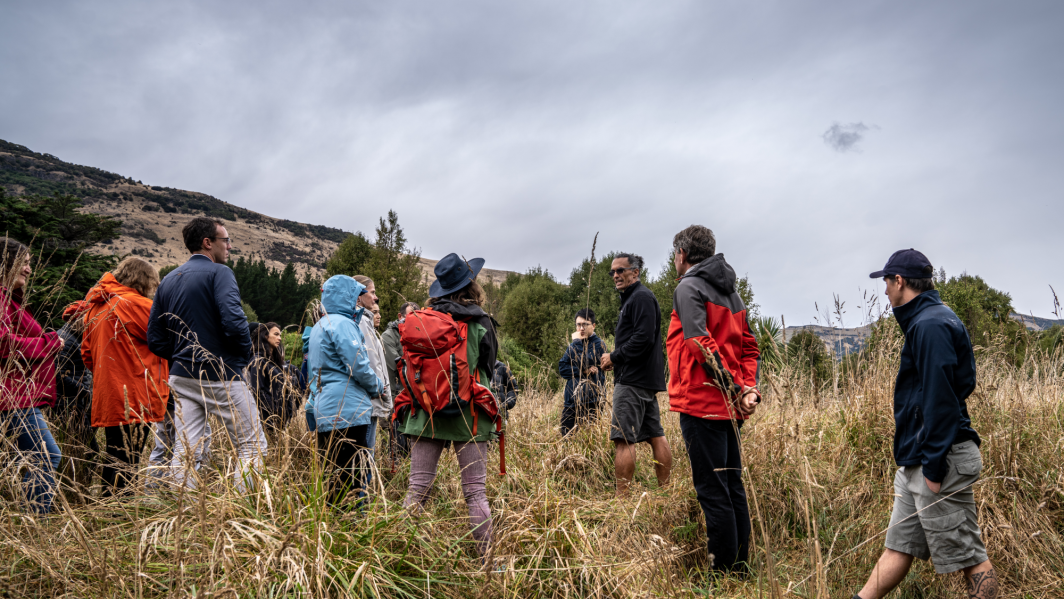-
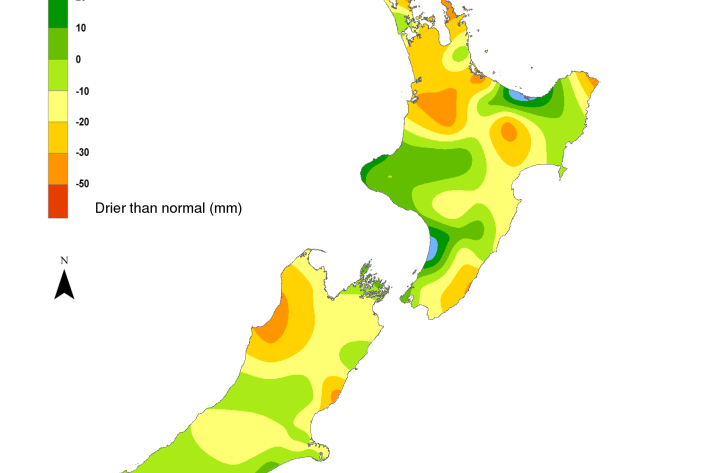
Hotspot Watch 15 January 2021
Hotspot15 January 2021A weekly update describing soil moisture patterns across the country to show where dry to extremely dry conditions are occurring or imminent. Regions experiencing significant soil moisture deficits are deemed “hotspots”. Persistent hotspot regions have the potential to develop into drought. -
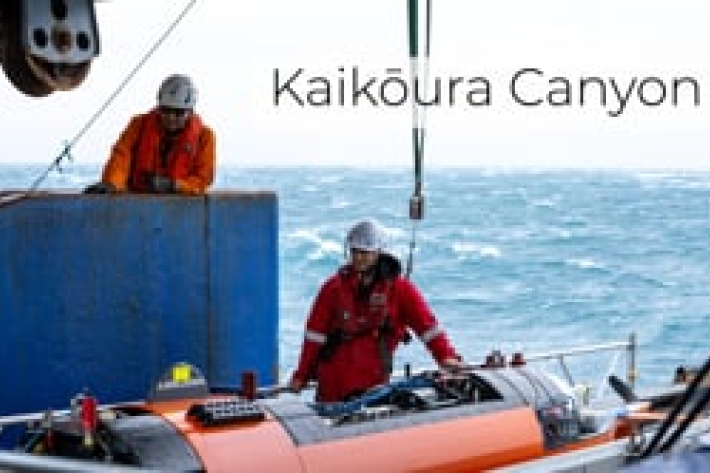
Kaikōura Canyon
Our team of researchers have recently returned from a voyage onboard RV Tangaroa to retrieve moorings deployed to collect sediment samples from the Kaikōura Canyon. -
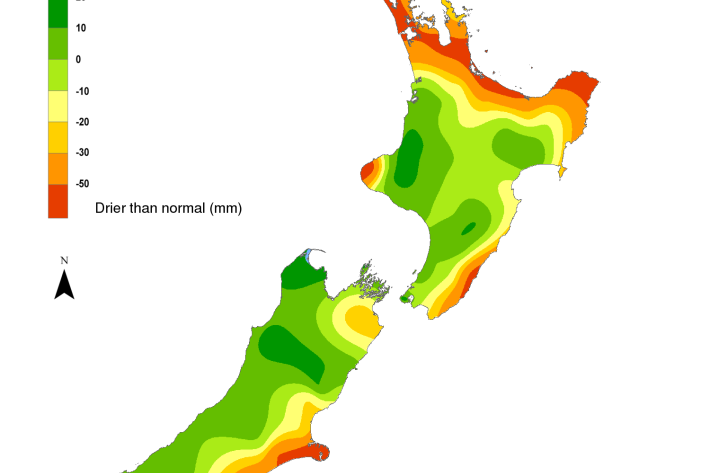
Hotspot watch 29 October 2020
Hotspot29 October 2020A weekly update describing soil moisture patterns across the country to show where dry to extremely dry conditions are occurring or imminent. -
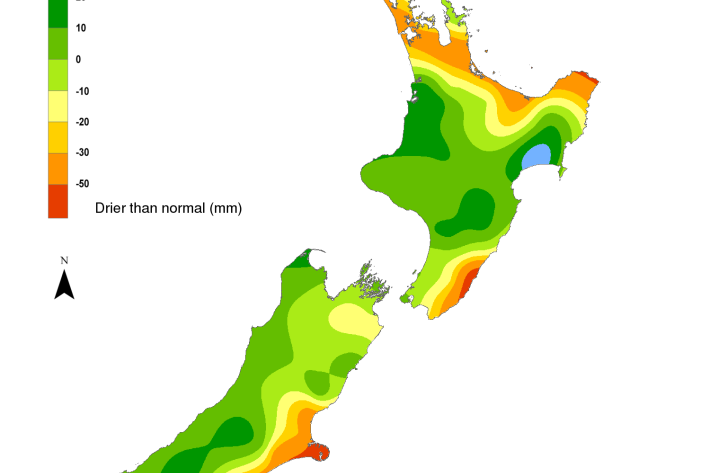
Hotspot Watch 22 October 2020
Hotspot22 October 2020A weekly update describing soil moisture patterns across the country to show where dry to extremely dry conditions are occurring or imminent. -
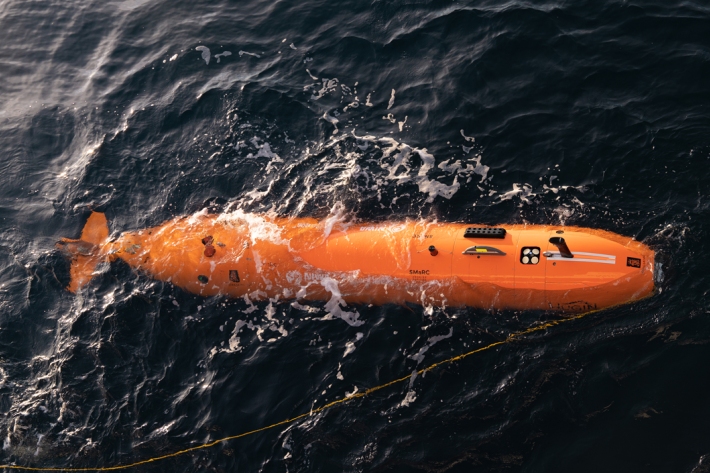
Underwater robot getting close-up look at Kaikōura Canyon
Media release08 October 2020A six-metre long orange underwater robot is flying through the Kaikōura Canyon for the next month collecting information on how the canyon has changed since the 2016 earthquake. -
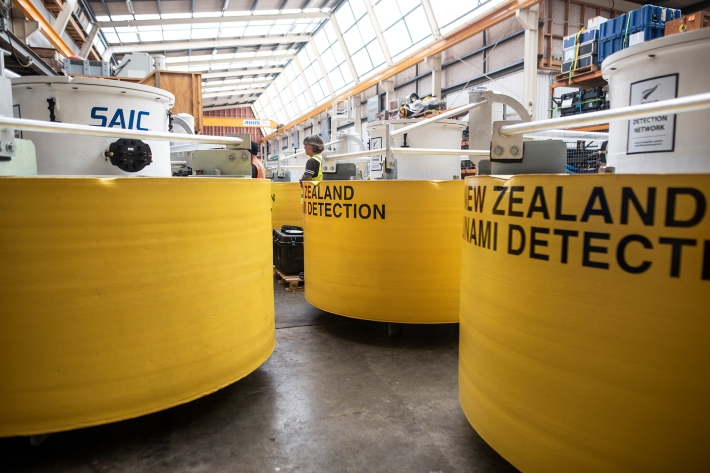
New tsunami monitoring system for Pacific
Feature story22 September 2020A network of state-of-the-art tsunami buoys is being deployed from New Zealand up into the Pacific to keep communities safer. -
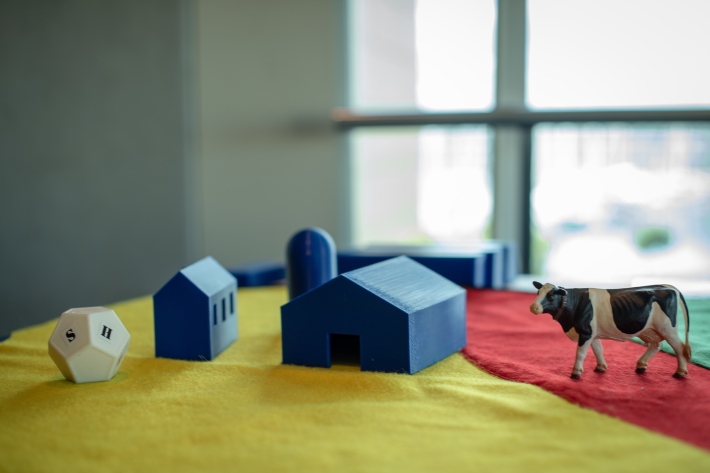
Serious games as a tool to engage people
ServiceNIWA is using serious games to look at problems holistically, support understanding and give a framework for climate change adaptation decision-making. -
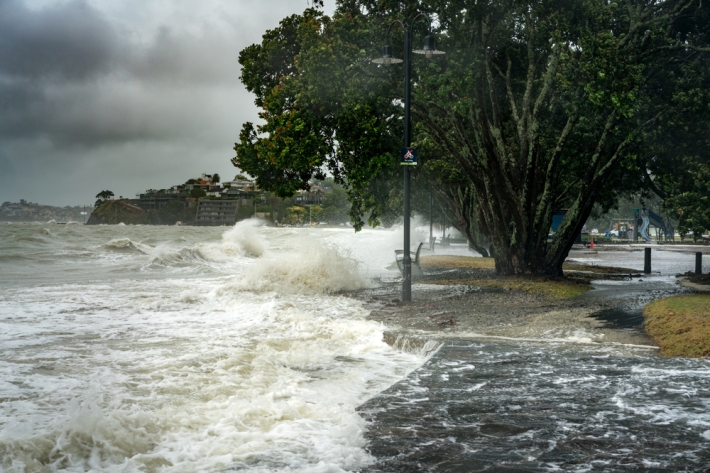
Tsunami evacuation zones home to 1 in 10 New Zealanders
Media release19 August 2020NIWA scientists have completed the first national assessment of people and buildings at risk in New Zealand’s tsunami evacuation zones. -
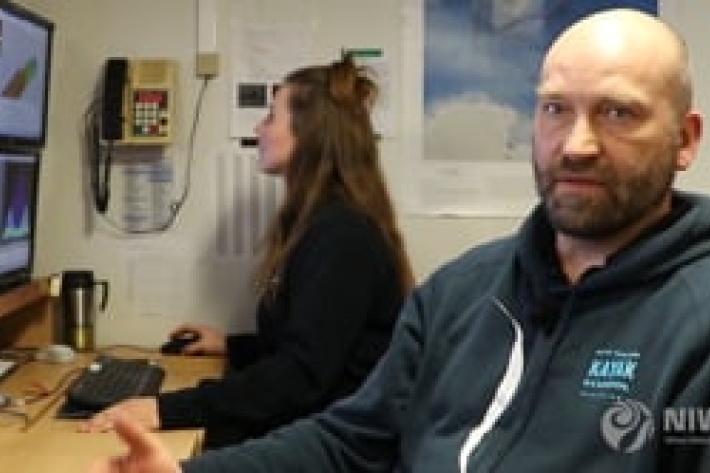
A flair for finding gas bubble flares
NIWA marine geologist Arne Pallentin is looking for telltale gas bubble 'flares"—using a multibeam echosounder—that indicate new volcanic activity in the Calypso Vent Field. -
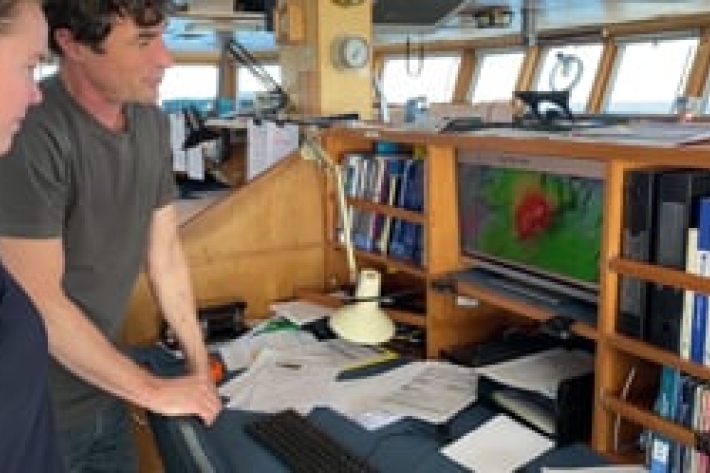
Using sound to see what's happening geologically
Marine geologist - Dr Joshu Mountjoy - is mapping the seafloor landscape around Whakaari/White Island to understand how much sediment was dislodged in the eruption and where it has gone. -
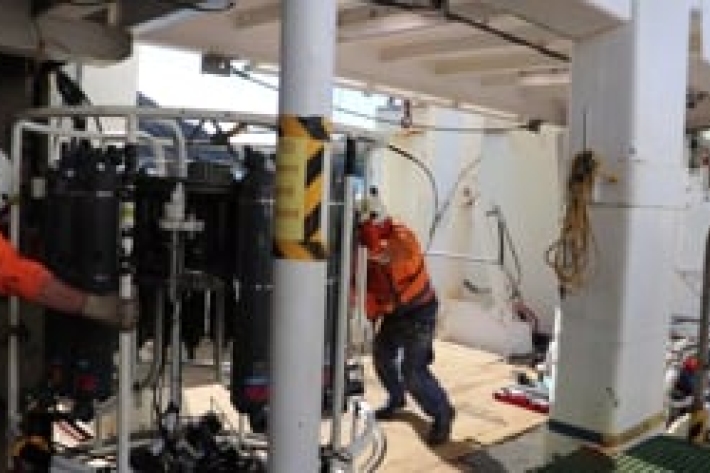
What's in a bubble?
Marine Geophysicist Sally Watson, maps the seafloor and takes samples from the water column so we can understand geological processes shaping the volcanic underwater realm around Whakaari/White Island. -
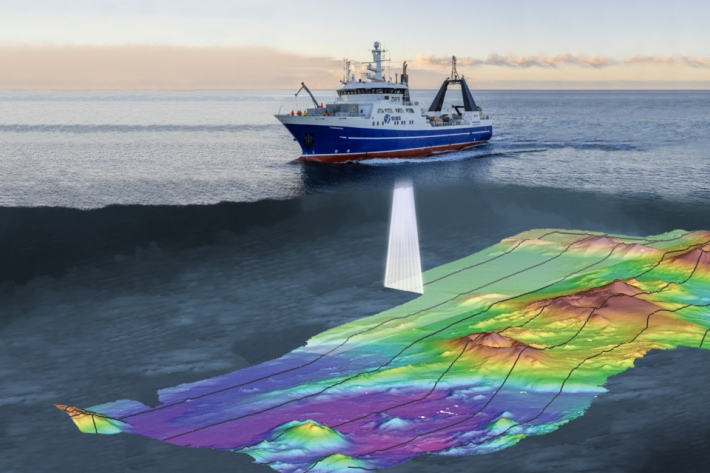
2020 - Bay of Plenty acoustics
During the TAN2007 voyage NIWA scientists headed to the waters around Whakaari/White Island in the Bay of Plenty to survey changes to the seafloor since the volcanic eruption in December 2019.

